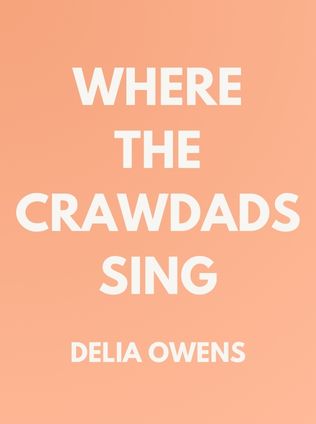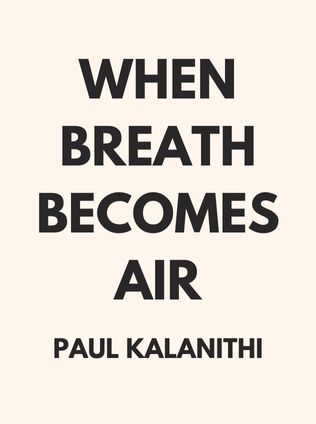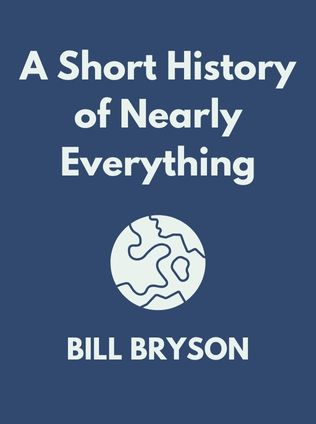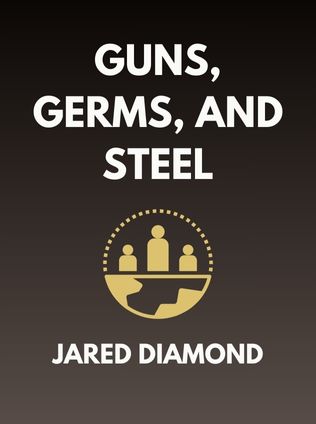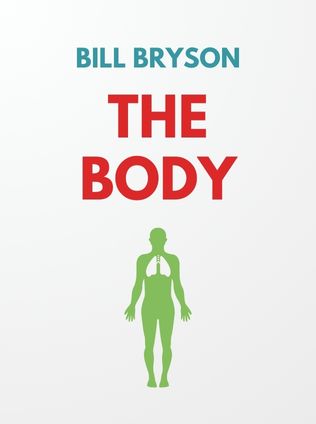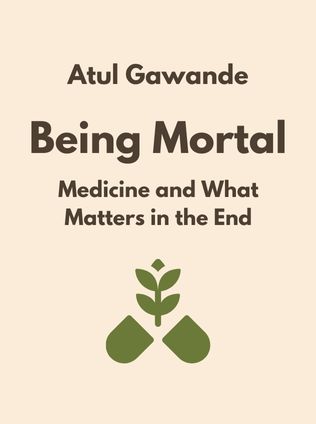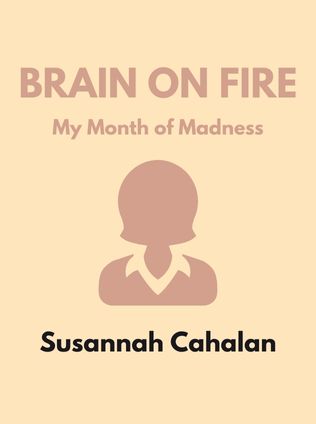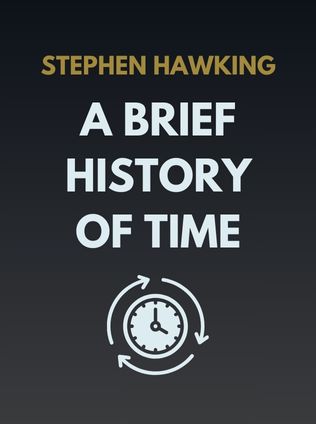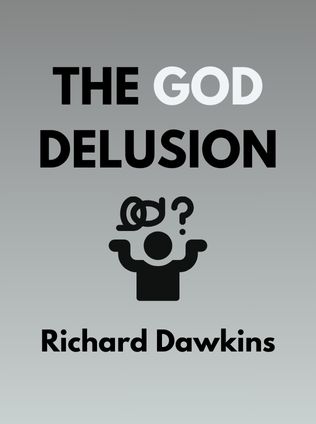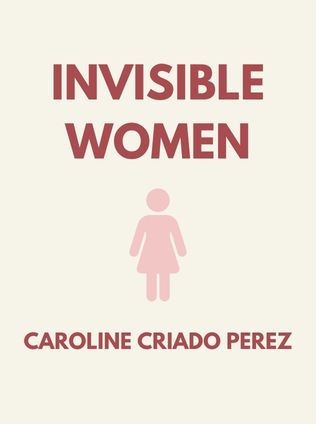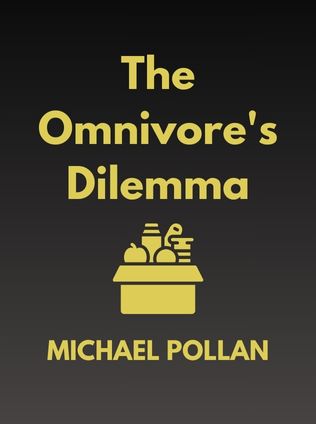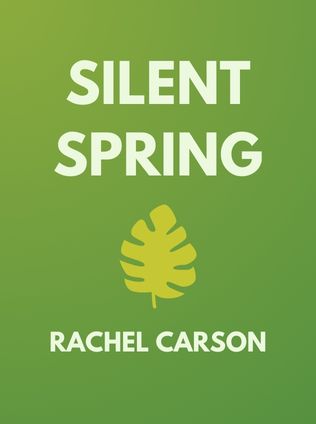
Silent Spring
By Rachel Carson
Published 09/1962
About the Author
Rachel Carson was an influential American marine biologist, author, and conservationist whose work is credited with advancing the global environmental movement. Born on May 27, 1907, in Springdale, Pennsylvania, Carson developed a deep love for nature at an early age. She pursued her passion academically, earning a master’s degree in zoology from Johns Hopkins University. Her career began with the U.S. Bureau of Fisheries, where her writing first drew public attention. However, it was her book, Silent Spring, published in 1962, that cemented her legacy.
Carson’s work revealed the dangers of pesticides to the natural world and human health, sparking widespread public concern and ultimately leading to changes in national pesticide policies. Despite facing significant opposition from chemical companies and even some scientific communities, Carson's meticulous research and compelling narrative won over the public and policy-makers alike. Her advocacy was instrumental in the eventual establishment of the Environmental Protection Agency (EPA) in 1970. Carson’s contributions to environmental science and her role as a pioneer of the modern environmental movement continue to be celebrated today.
Main Idea
Silent Spring is a groundbreaking work that examines the destructive impact of pesticides on the environment. Carson’s central thesis is that the unchecked use of chemical pesticides is not only harmful to wildlife but also poses significant risks to human health. She argues that these chemicals, once introduced into the ecosystem, do not remain confined to their intended targets but instead spread widely, contaminating soil, water, and even the air. Carson contends that this widespread contamination disrupts the natural balance, leading to the decline of species and potentially irreversible damage to the environment.
Carson’s work is not just a critique of pesticide use but also a call for a more harmonious relationship between humanity and the natural world. She advocates for a more cautious and informed approach to pest control, one that considers the long-term effects on the environment. Rather than relying solely on chemical solutions, Carson suggests exploring alternative methods that are less harmful and more sustainable. Her message is clear: the health of our environment is inextricably linked to our own, and we must act responsibly to protect it.
Table of Contents
- Introduction: A Fable for Tomorrow
- The Obligation to Endure
- Elixirs of Death
- Surface Waters and Underground Seas
- Realms of the Soil
- Earth's Green Mantle
- Needless Havoc
- And No Birds Sing
- Rivers of Death
- Indiscriminately from the Skies
- Beyond the Dreams of the Borgias
- The Human Price
- Through a Narrow Window
- The Other Road
Introduction: A Fable for Tomorrow
Carson begins Silent Spring with a powerful allegory, depicting an idyllic town that falls silent as the result of mysterious maladies. This "fable for tomorrow" sets the tone for the entire book, illustrating the potential consequences of pesticide misuse. Carson’s fable is not just a literary device but a forewarning of what could happen if humans continue to disregard the delicate balance of nature. The town, once vibrant and full of life, is transformed into a barren wasteland, symbolizing the death and destruction that could be wrought by environmental negligence.
Carson’s choice to start with this fable is significant as it immediately draws readers into the emotional and ethical dimensions of the issue. It is a reminder that the destruction of the environment is not an abstract concept but a tangible reality that affects all living beings, including humans. The fable serves as a microcosm of the broader environmental crisis that Carson addresses in the following chapters.
Sign up for FREE and get access to 1,400+ books summaries.
You May Also Like
The Body Keeps the Score
Brain, Mind, and Body in the Healing of Trauma
By Bessel van der KolkFactfulness
Ten Reasons We're Wrong About the World – and Why Things Are Better Than You Think
By Hans Rosling
